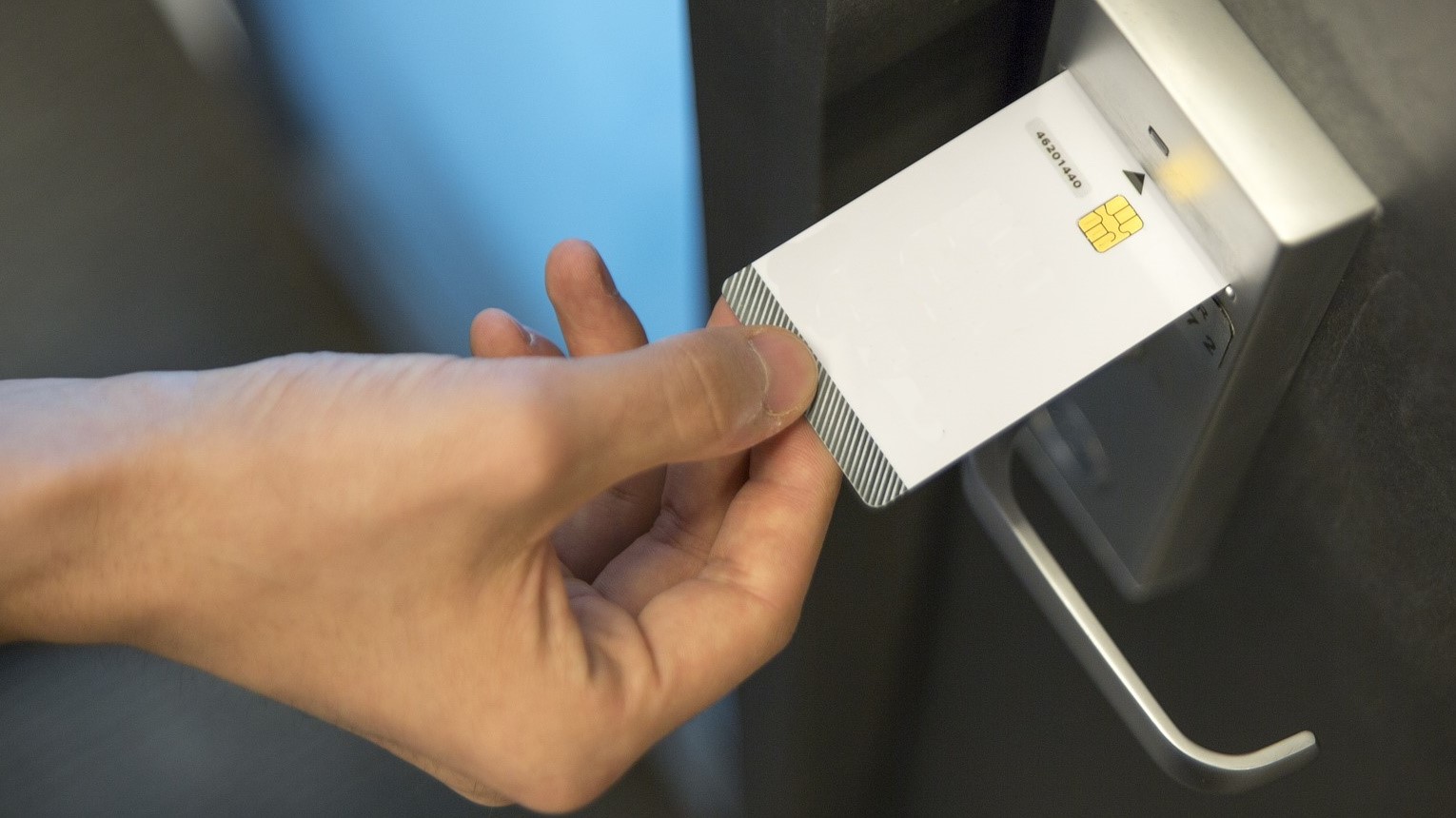The five essential features of an ACS
Any Access Control System worth its salt will include these five features

Security is a crucial requirement for any organization or facility. While organizations often focus on cybersecurity, as well they should, there also needs to be an emphasis on physical security as well. With physical security, this deals with controlling the access to the facility, and also folks moving about once within the facility, including both employees and visitors.
- We've put together a list of the best security camera systems for your business
- These are the best secure routers on the market
- Also check out our roundup of the best security keys
The types of facilities that need to deal with this type of security run the gamut from small offices at the one end, on up to the largest facilities, including skyscrapers, airports, and stadiums. In between we have schools, factories, research labs, and healthcare to name some examples. Also realize that many facilities have additional challenges as they consist of multiple buildings, such as a university on a campus with multiple, individual buildings, or even organizations that have several campuses, each with an assortment of buildings. In these types of settings, access control is not a luxury, but rather a necessity for securing such complex facilities.
As access control systems tend to have lots of components, it can be overwhelming in how to choose just the right one. When going through the process of selecting an access control system, here are the essential features to focus on to guide this important decision.

Video integration
While an access control system is an important entity, these days it should not live in isolation. Most facilities have video surveillance systems as another key component of their security plan, with video cameras faithfully watching the comings and goings for both the outside, and the interior as well.
However, as anyone who has ever watched a police drama can attest to, when an incident occurs, and the video needs to be accessed, this can be a major stumbling block to finding the precise clip needed to solve the crime. After all, going through piles of footage can be a fairly burdensome and tiresome process, which can quickly turn into looking for the proverbial needle in the haystack.
Better to have the video footage integrated to the access card system into a single powerful platform. Imagine a scenario where the suspicion is that an unauthorized user accessed the facility with a stolen access card. Rather than staring at days of footage from multiple surveillance cameras, we can pull from the access card system the precise time that the card used each reader for the time in question. From there, the footage at that time from the camera(s) closest to that time can be easily accessed, and it will be easy to see the individual using the access card. This is a real timesaver, and a much more efficient way to get at the video data having it available directly on the access control platform.
Communication with the employee database
Large organizations have a constant turnover of employees, with new hires, departing employees, and temporary contractors coming through quite frequently. This can present a real challenge for any access control system to keep up with.
Sign up to the TechRadar Pro newsletter to get all the top news, opinion, features and guidance your business needs to succeed!
While a few decades ago a human resources department would track this with an overflowing filing cabinet, this approach went out with the Stone Age. Rather, just about any organization larger than a single employee will use an electronic database to track its current labor force electronically with an employee database for efficient access to the comings and goings of employees.
With such an electronic database running efficiently, the goal should be to have an access control system that interfaces with the already existing employee database. After all, simplicity should always be the goal, and an employee should be entered a single time, into a single database which then the access control system should be able to draw from.

Biometric security integration
The utmost in security requires more than an access card, it calls for biometric security. Of course it is not cost effective to protect every last entry with this technology, but some situations mandate it, especially for the cadre of top executives to access the most secure parts of the facility. For example, think about a larger bank, where additional security should be protecting the bank vault, and also the president of the bank’s office.
For these higher level security situations, look for a better access control system that has the option to add biometric security. A common, cost effective example is a fingerprint reader, with even more advanced options including facial recognition, hand or finger vein readers, and eye based recognition technology including iris, or retina scanning technology.
Visitor options
Just like employees need access to the facility, so do visitors. Even a secure site sooner or later will have a prospective employee, a family member, a maintenance person, a business colleague or a contractor with a need to come through.
We should not rely on identifying this person with a “Hello my name is ______” sticker affixed to their shirt! Rather, there needs to be a clear policy on how we identify this individual, how we control where they can go (and restrict where they don’t), and the process to restrict the credentials when no longer needed.
Better access control systems can facilitate visitor policies, and make this process seamless. For example, the process can begin with visitors providing information prior to their arrival, which can be checked against known databases for criminal activity. There can be temporary, visitor badges provided that will only provide limited access to what is required for the visit to avoid a security breach. In our world of COVID-19, access control can also help, with a record of visitor temperatures to avoid further outbreak and spread.
Wiring options
Choose an access control that suits your existing infrastructure, and potential growth plans. Some places have an existing extensive wired network, and will prefer to have the reader plates all wired for both electricity and networking for a secure, and highly reliable system. In other cases, a more affordable option can be to connect the whole system wirelessly for ease of installation and maintenance. Still others may want to use PoE (Power over Ethernet) that offers an attractive blend of cost consciousness and security by using a single Ethernet cable for both power and network connectivity.
- We've also highlighted the best access control systems
Jonas P. DeMuro is a freelance reviewer covering wireless networking hardware.